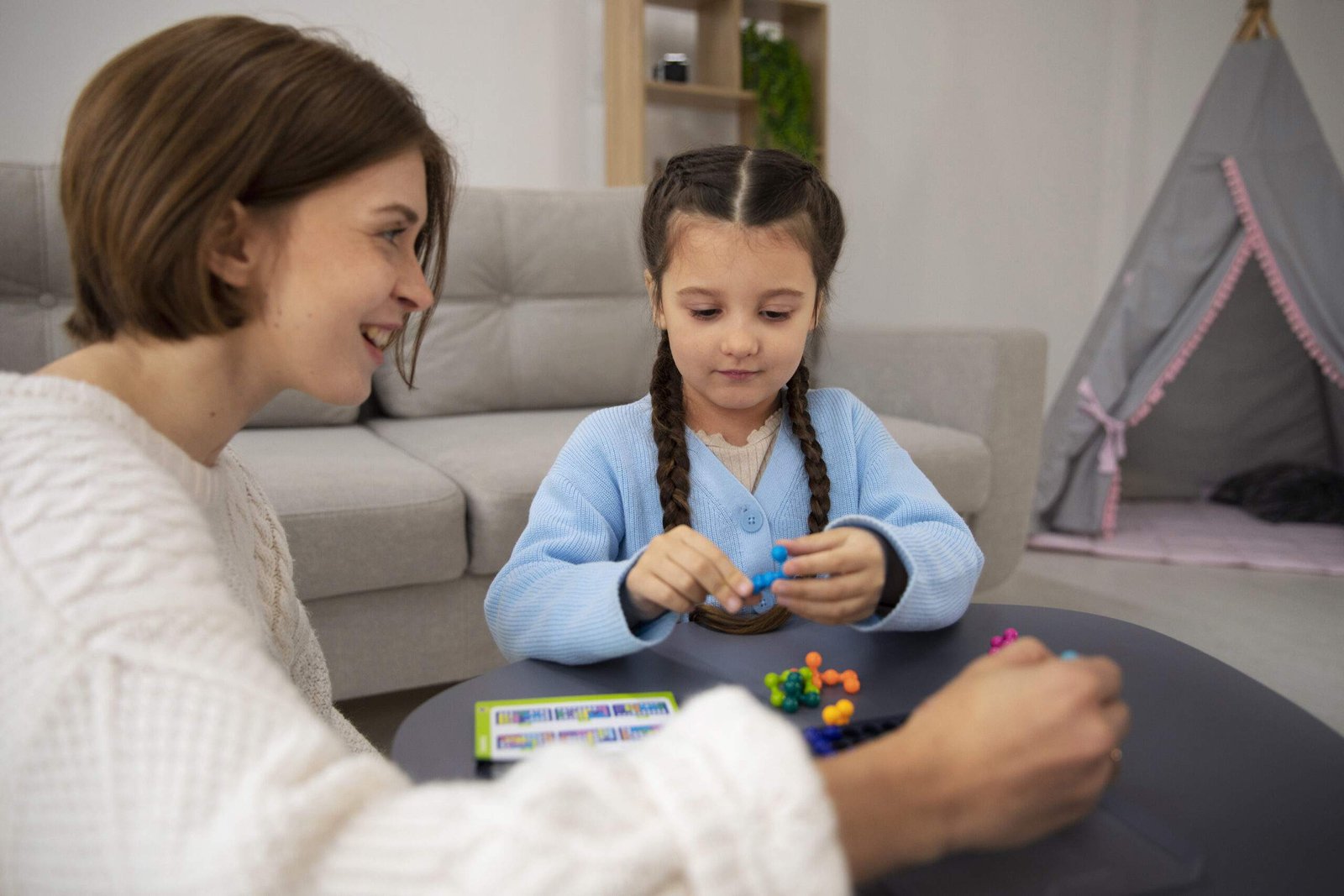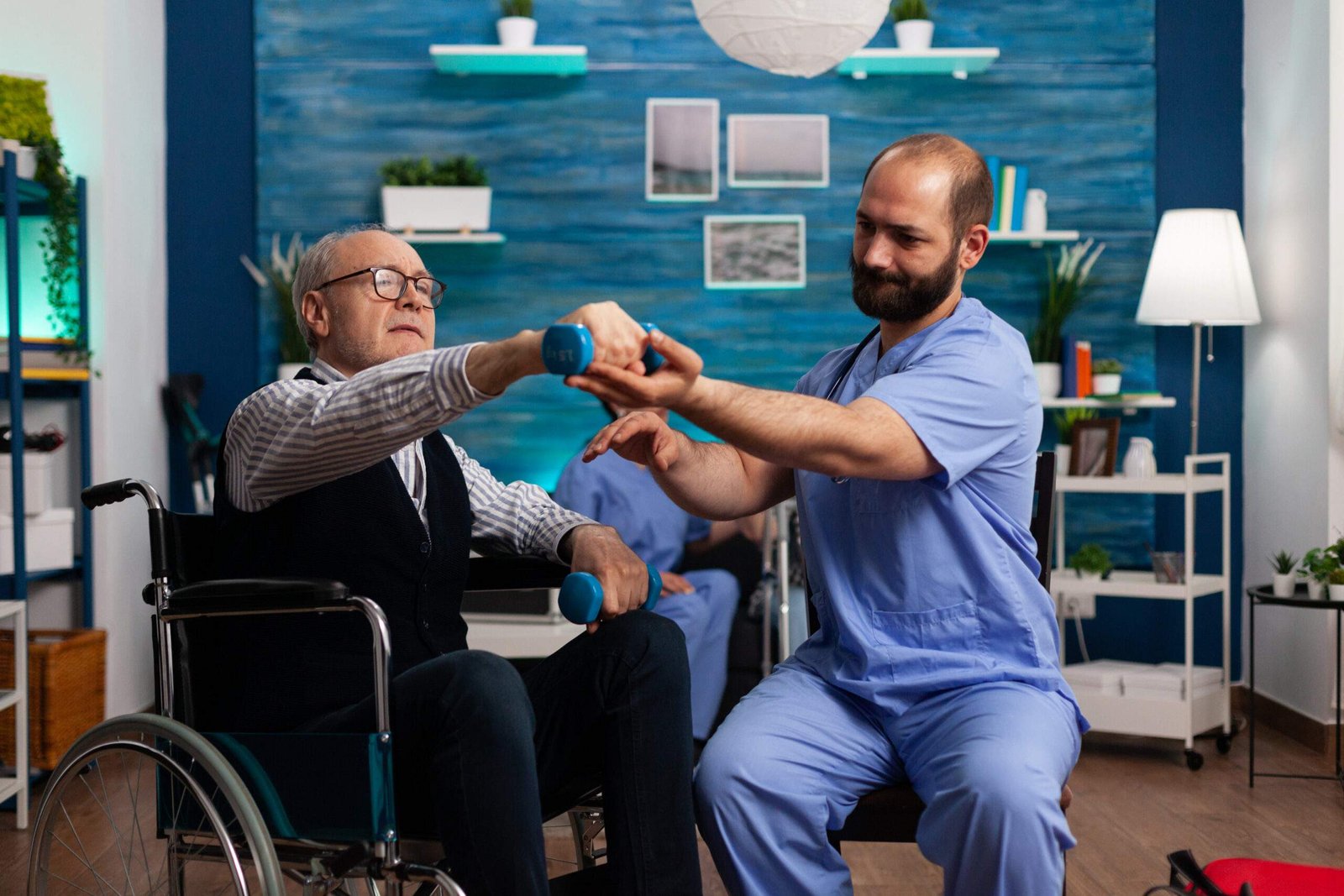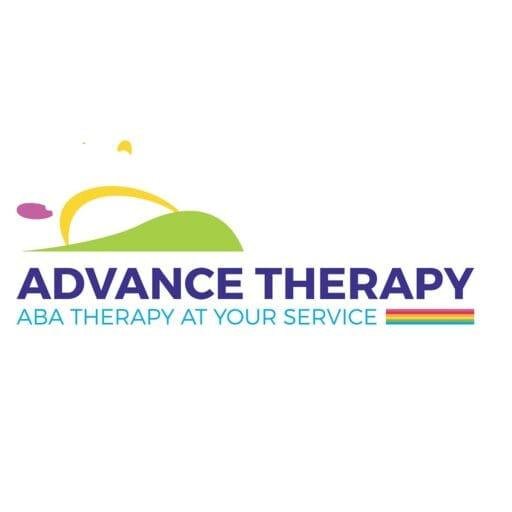
Introduction
Applied Behavior Analysis (ABA) is often considered the gold standard in autism therapy, with decades of research backing its effectiveness in building communication, social, and learning skills. But autism is a spectrum, and each child has unique needs. That’s why many families choose to complement ABA with other supportive therapies that help nurture emotional, physical, and cognitive development in well-rounded ways.
In this blog, we’ll explore evidence-based complementary therapies that, when used alongside ABA, can offer a more holistic approach to autism care. These therapies are not replacements—but extensions that help children thrive in every aspect of their lives.
Why Consider Complementary Therapies?

ABA focuses primarily on observable behaviors, which is incredibly valuable for learning and skill-building. But other areas—such as sensory integration, emotional expression, and physical movement—can benefit from therapies designed to address specific neurological and developmental needs.
Many children on the autism spectrum have co-occurring challenges like anxiety, sensory processing disorder, or motor delays. Complementary therapies can help fill in those gaps, making the gains from ABA more meaningful and sustainable.
Combining these services promotes sustainable progress, better educational outcomes, and enhanced social relationships.
1. Occupational Therapy (OT)
Occupational therapy is one of the most widely used complementary approaches for children with autism. OT helps children gain independence in daily tasks such as dressing, feeding, writing, and personal hygiene.
Why it complements ABA:
OT addresses fine motor skills, sensory regulation, and attention span—factors that often influence how well a child can participate in ABA sessions. Therapists may use sensory integration techniques to help children tolerate textures, sounds, and lights that otherwise overwhelm them.
By verifying these points, families can select a provider dedicated to delivering personalized care that meets the unique needs of their child.
2. Speech and Language Therapy (SLT)
Speech therapy helps children improve verbal communication, social skills, and even non-verbal cues like facial expressions and gestures
Why it complements ABA:
ABA can teach functional communication, and speech therapy builds on this foundation to enhance pronunciation, grammar, articulation, and social communication in real-world settings. The two work beautifully together to help a child be heard and understood.
3. Music Therapy
Music therapy uses rhythm, melody, and instruments to help children improve emotional expression, social interaction, and sensory processing.
Why it complements ABA:
Music therapy is especially helpful for children who respond better to auditory stimuli than verbal instructions. It offers a non-threatening, engaging way to work on turn-taking, listening, and emotional self-expression—skills that support progress in ABA programs
4. Physical Therapy (PT)

This multidisciplinary approach ensures each child receives tailored, evidence-based care while maintaining open communication with families and continual professional development among staff.
Why it complements ABA:
Improved physical coordination often leads to better focus and participation in ABA tasks. PT also supports muscle tone and posture, which are essential for activities like writing or sitting for longer periods.
5. Art Therapy
Art therapy offers a creative outlet for self-expression and emotional healing, especially for children who struggle with verbal communication
Why it complements ABA:
Children can explore emotions and ideas through drawing or painting, providing insight into internal experiences that might not be expressed in structured ABA sessions. It also promotes relaxation and self-esteem.
Conclusion
While ABA remains the cornerstone of many autism intervention programs, integrating other therapies can enhance your child’s growth and well-being. From improving emotional resilience to enhancing communication and physical abilities, a well-rounded therapy plan can unlock new pathways to progress.
At AdTherapy, we’re committed to helping families explore supportive, research-based interventions. If you’re curious about expanding your child’s therapy plan beyond ABA, we’d love to talk. Together, we can build a brighter, more balanced future for your child.
